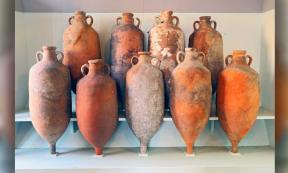Roman Empire
Welcome to our website's section on the Roman Empire, one of the most fascinating and influential civilizations in world history. For over a thousand years, the Romans ruled a vast territory stretching from the Mediterranean to the North Sea, leaving an indelible mark on art, culture, language, law, and politics. The Romans were masters of engineering, building roads, aqueducts, and monumental structures that continue to impress us to this day. But the Roman Empire was not just about conquest and military might; it was also a complex society with a diverse population, a rich mythology, and a unique worldview. In this section, we invite you to explore the many facets of the Roman Empire, from its founding myths and legendary heroes to its decline and legacy. Whether you are a history buff, a student, or just curious about the ancient world, we hope you will find this section informative, engaging, and inspiring.







































